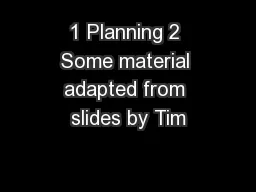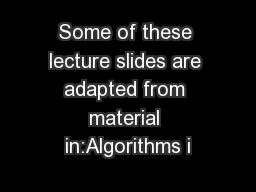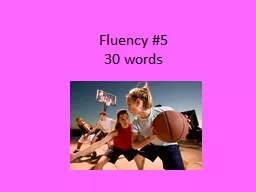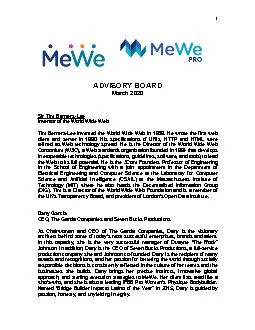PPT-1 Planning 2 Some material adapted from slides by Tim
Author : liane-varnes | Published Date : 2018-03-15
FininJean Claude Latombe Lise Getoor and Marie desJardins 2 Todays Class Partialorder planning Graphbased planning Additional planning methods Hierarchical
Presentation Embed Code
Download Presentation
Download Presentation The PPT/PDF document "1 Planning 2 Some material adapted from ..." is the property of its rightful owner. Permission is granted to download and print the materials on this website for personal, non-commercial use only, and to display it on your personal computer provided you do not modify the materials and that you retain all copyright notices contained in the materials. By downloading content from our website, you accept the terms of this agreement.
1 Planning 2 Some material adapted from slides by Tim: Transcript
Download Rules Of Document
"1 Planning 2 Some material adapted from slides by Tim"The content belongs to its owner. You may download and print it for personal use, without modification, and keep all copyright notices. By downloading, you agree to these terms.
Related Documents














